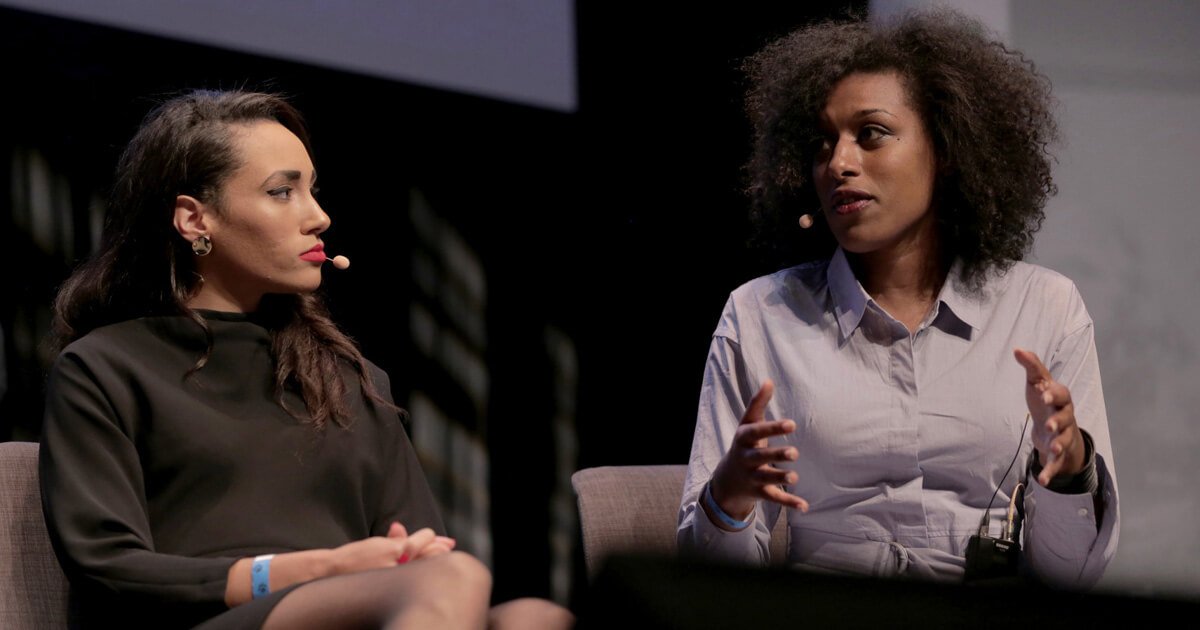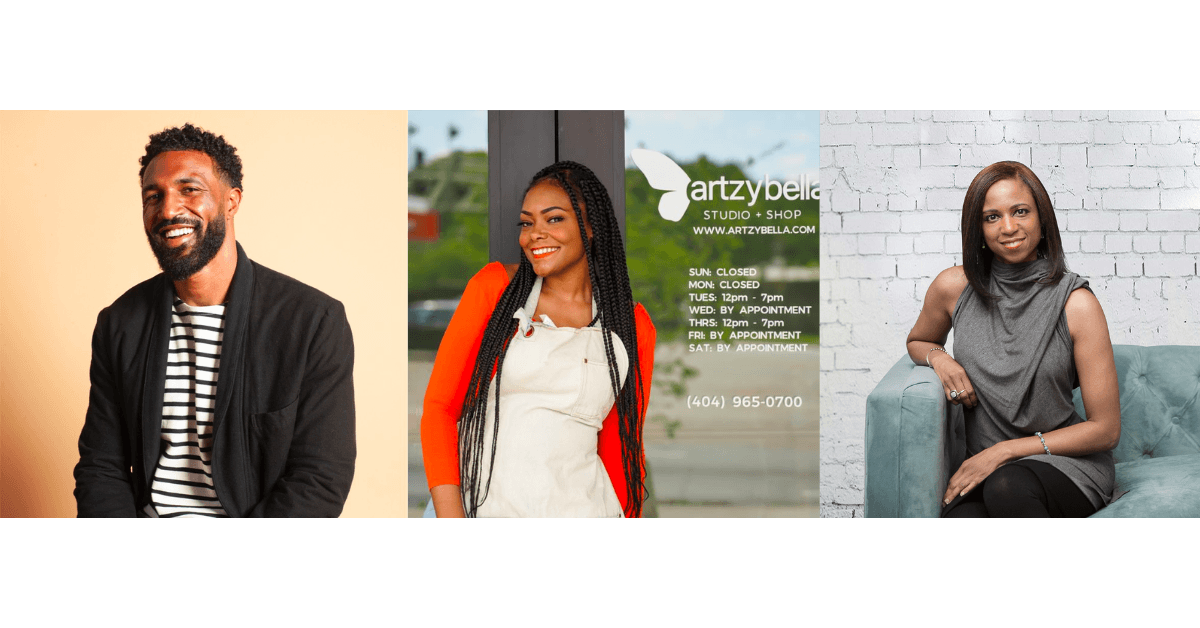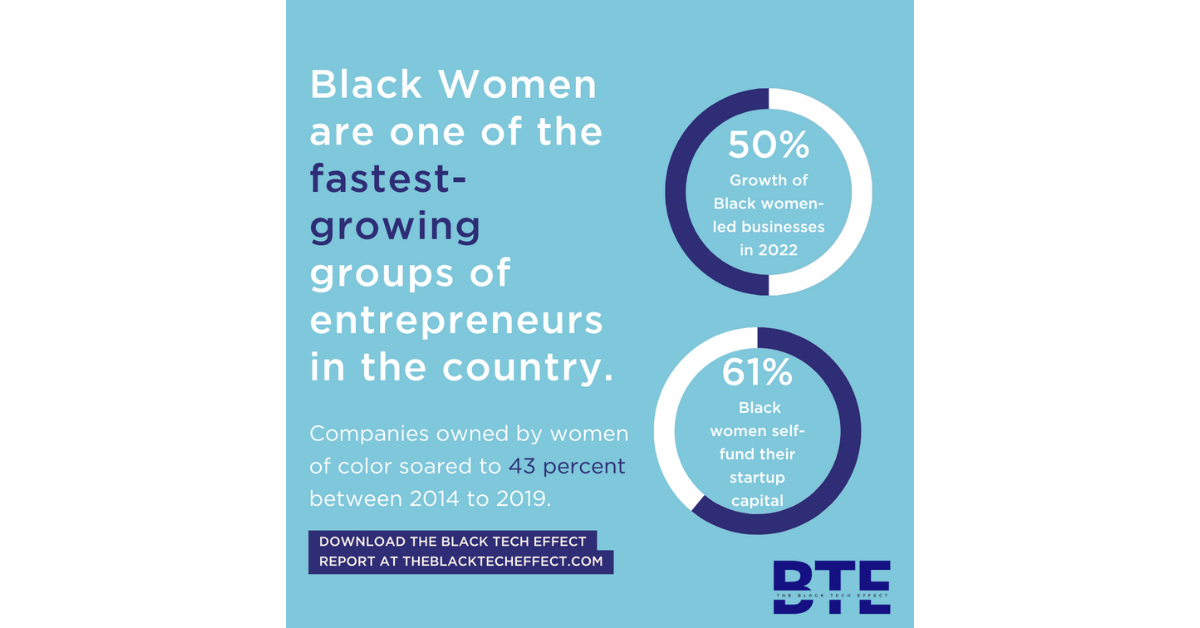The tech industry, and companies like Starbucks, have spent millions of dollars to address implicit racial bias through diversity initiatives and racial sensitivity trainings. When Starbucks closed 8,000 of its stores in May for racial bias training, the company recognized it would take more than four hours to undo a lifetime of unconscious behaviors in just one of its baristas, let alone 175,000 employees. One barista said she felt “shaken” during the training while watching “Story of Access,” a short film by award-winning documentary filmmaker Stanley Nelson highlighting the emotional tax for people of color in public spaces. U.S. companies invest an estimated $8 billion on diversity and inclusion training without clear metrics to determine the effectiveness and employee performance. But they don’t always go as planned. Employees can walk away from these trainings with triggered emotions. Clorama Dorvilias wants to remove shame and guilt from this experience. Her gaming lab, Debias VR, wants to remove bias in professional and educational settings. Dorvilias is currently the only black woman who has developed this unique empathy tool using debiasing techniques in VR. “Companies can spend millions of dollars on extremely ineffective, and virtually useless trainings that can have an adverse effect which can hurt the company even more,” she said. “Bias training shouldn’t be there to shame. People should feel good about making others feel accepted. Debias isn’t something that you can work out in a day. It’s a behavior that you have to work through. We want to give people the capacity to work in a safe and comfortable space.” Before she developed the VR lab, Dorvilias says she enrolled in grad school to expand her front-end development expertise and planned to backpack across the country working with grassroots organizations to amplify their digital presence.
Dorvilias enrolled in the Interaction Design Master’s program at the University of the Arts London in 2014. She continued working as an independent UX designer, becoming quickly immersed in emerging tech and motion sensors for everyday human interactions. “That was really frustrating for me, and I was contemplating quitting because it began to affect my mental health and the self-image of the work I was doing.” The day she decided to walk away from it all, a final project became her saving grace. Dorvilias says the course professor assigned a master’s research thesis where students were asked to work with technology to solve social problems. The served as the most fitting assignment for the unfair treatment she felt in the course. She used this as an opportunity to explore what causes implicit bias and how to solve it. “I stumbled upon empathy, which allows people to humanize each other. I knew the solution would have to be, how can I develop empathy for a professor like him for someone like me?” Little did she know, this would forge her path to Teacher’s Lens. She explored the language around implicit bias including microaggressions, a term first introduced psychiatrist Dr. Chester Pierce in the 1970s.
The term has since evolved with Columbia University psychologist Dr. Derald Wing Sue defining racial microaggression as “everyday insults, indignities and demeaning messages sent to people of color by well-intentioned white people who are unaware of the hidden messages being sent to them.” During her research on empathy solutions, Dorvilias became intrigued watching a TED talk by Chris Milk titled, “How Virtual Reality Can Create the Ultimate Empathy Machine.” Milk, founder and CEO of VR media company Within, explained how he used footage of day-to-day life in third world countries using 360 video to establish empathy. He produced a VR film, “Clouds Over Sidra,” placing users inside a Syrian refugee camp that follows a 12-year-old girl named Sidra. When the Oculus Rift is in use, viewers experienced first-hand trauma with Sidra. Milk then took the machine to the World Economic Forum where he says the people who make decisions for third-world countries can insert themselves in the places where they’re charged with creating change. Dorvilias didn’t have the same resources but she knew she wanted a similar outcome. With the help of a defunct Oculus headset at school and video tutorials on building a virtual reality environment, she made her own in two days. “It bit me from there. For the next four months. I slept, ate, and dreamed about virtual reality and I was able to make my first project. I was able to gamify a diversity trainer using debiasing techniques.” This story is in partnership with Motherboard. Click here to read the full article.








